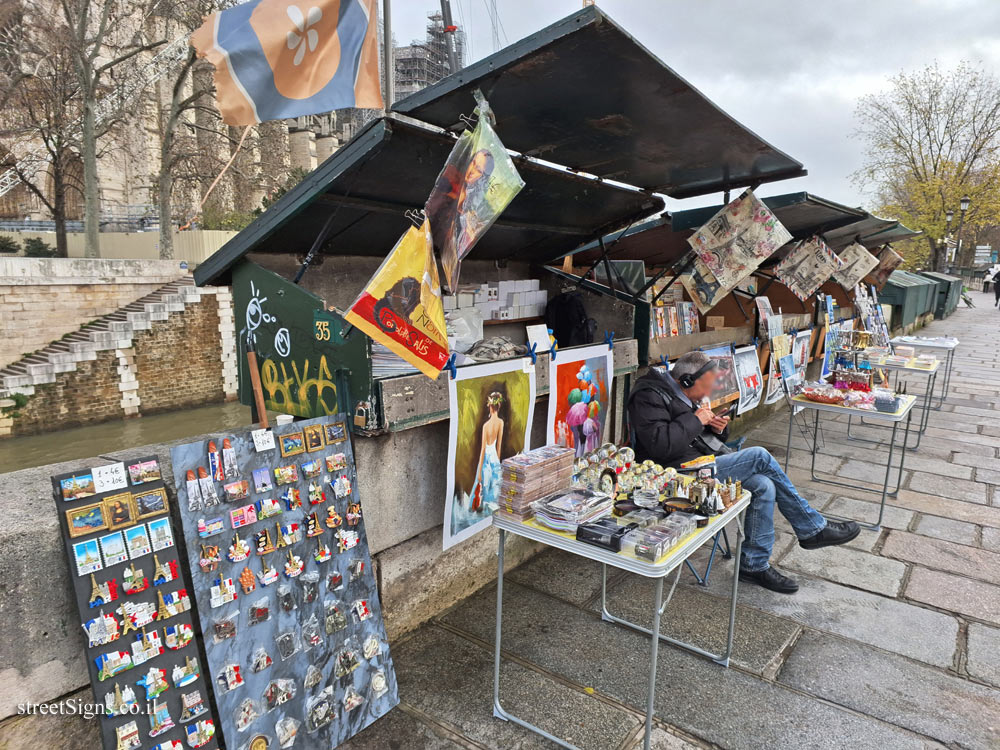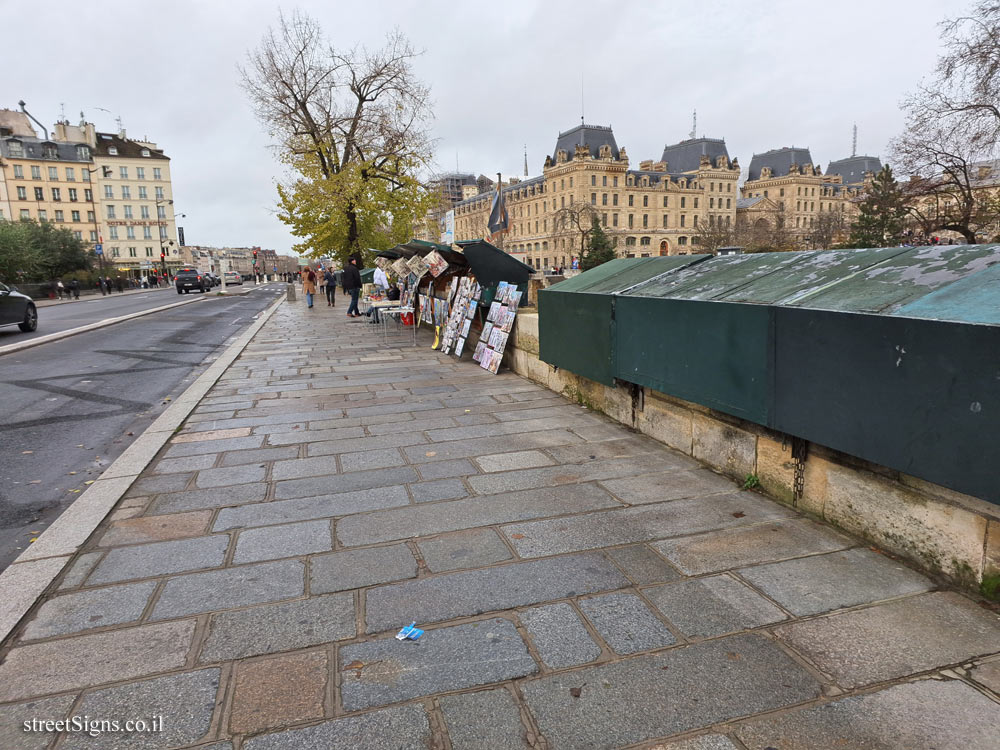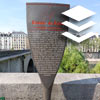
The ultimate street signs, historical sites and house numbers
 Click for a larger image
Click for a larger image  Click for a larger image
Click for a larger image  Click for all signs belonging to The History of Paris (Starck's Lollipops)
Click for all signs belonging to The History of Paris (Starck's Lollipops)
 165 Meter |
165 Meter |  281 Meter |
281 Meter |  354 Meter |
354 Meter |  424 Meter |
424 Meter |  425 Meter
425 Meter